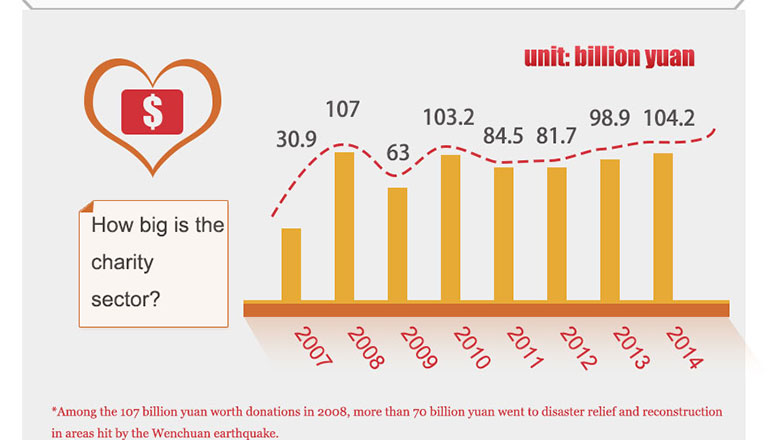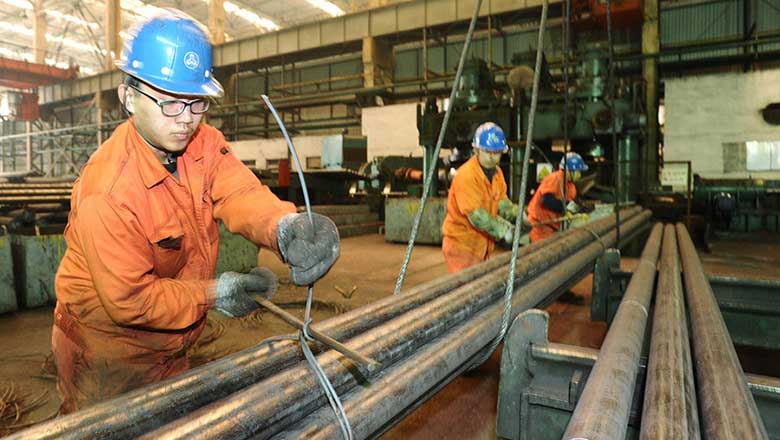Chinese aircraft manufacturer uses big data to build safer planes
Updated: 2016-03-26 15:58
(Xinhua)
|
|||||||||
LOS ANGELES -- With a global focus on how to reduce safety risks caused by anomalous human behavior and how to fully recover data crucial for analyzing an air crash, a Chinese aircraft manufacturer is using big data and cloud technology to build safer airplanes.
"The time for revolution in aviation safety has come," Wei Ye, executive director and president of the Commercial Aircraft Corporation of China (COMAC) America Corporation told Xinhua on Friday.
The Bureau of Enquiry and Analysis for Civil Aviation Safety of France (BEA) recently confirmed that the crash of a plane of German budget airline Germanwings a year ago was caused deliberately by its co-pilot, who had been suffering from depression.
The Airbus 320 crashed in southern France on March 24, 2015, while en route from Barcelona to Duesseldorf, killing 150 people on board.
To minimize such risks caused by human factors, COMAC America Corporation is studying the concept of "unmanned flight with human supervision" using a big data-based computer, which operates in an entirely closed environment without influence from outside.
"Without the influence of pilots' 'emotions' and mishandling, a computer-piloted plane is safer than a manned one," Ye said.
In a computer-piloted plane, a hard-drive with big data, which include flight routes, weather information, emergency processing programs, and flight data of 200 pilots accumulated in 20 years, might become the "pilot" in the future; human pilots will only need to insert the hard-drive into the cockpit and monitor the flight in a separate compartment.
This concept could become a future trend in civil aviation and might be tested on unmanned cargo flights first, according to the company.
Meanwhile, the company is conducting research and development on improving the ability to trace a flying plane.
It will be difficult to analyze a plane crash, locate the crash site and conduct a rescue in a timely manner if the plane's "black box" goes missing.
Take flight MH370 for instance. Malaysian officials said recently the two pieces of debris found in Mozambique were consistent with parts on a Malaysia Airlines Boeing 777, and hence almost certainly were from the missing flight MH370. Yet the missing black box still makes the accident that happened two years ago one of the most perplexing crashes in the history of modern civil aviation.
In December 2015, the European Union announced new requirements for closer tracking of an aircraft in the sky and improved traceability of the black box aboard.
In this aspect, the Chinese aircraft manufacturer is capitalizing on a latecomer advantage.
COMAC is carrying out research and development of a comprehensive emergency recording and tracking system called "Harbinger," which it started two years ago as a complement to the black box system.
The "Harbinger" will be ejected from the tail of a plane when it is about to crash, takes away the flight data in the black box and records the last few minutes of the crash. It can transmit data to a satellite shortly after the ejection while keeping a backup of the data.
Equipped with a soft-landing system, "Harbinger" can protect itself from landing on the sea or land. It will send signals for people to locate it after its landing.
The project has applied for patent in both the United States and several other countries and testing pieces have been manufactured.
The company is also partnering with FTS Technologies Inc., a California-based Internet connectivity turnkey solution provider, to develop new functions in rapid wireless data transmission.
Besides, experts at the company are studying "smart life health management" of aircraft to enhance an aircraft's "self-awareness" of its life.
Different from traditional fatigue tests, this study aims to calculate the service life of the large-scale complex system of an airplane through a special algorithm so that safety data of the system can be obtained before takeoff.
COMAC America Corporation is also building an online aviation consulting platform to connect global engineering resources. The platform is set to launch in the second half of this year.
"This platform is expected to transform the traditional model of research, development and technical services," Ye said.
- Xi: Talks 'only correct way' for China, ROK
- Xi to Obama: Disputes should be managed
- Cypriot court remands in custody man suspected of hijacking EgyptAir flight
- Govt eyes luxury tourists amid concerns over safety
- Sleep tight and don't let sharks bite at Paris aquarium
- Aung San Suu Kyi appointed as Myanmar's new foreign minister

 Charity Law to give good Samaritans a helping hand
Charity Law to give good Samaritans a helping hand
 Top Chinese leaders attend voluntary tree-planting in Beijing
Top Chinese leaders attend voluntary tree-planting in Beijing
 Zhouzhuang water town viewed through artistic eyes
Zhouzhuang water town viewed through artistic eyes
 8 trends of major price movements gauging China's economy
8 trends of major price movements gauging China's economy
 Microsoft embraces artificial intelligence
Microsoft embraces artificial intelligence
 Yao Ming introduced to Hall of Fame
Yao Ming introduced to Hall of Fame
 The world in photos: March 28 - April 3
The world in photos: March 28 - April 3
 Discover beautiful China in spring blossom (V)
Discover beautiful China in spring blossom (V)
Most Viewed
Editor's Picks

|

|

|

|

|

|
Today's Top News
Marriott unlikely to top Anbang offer for Starwood: Observers
Chinese biopharma debuts on Nasdaq
What ends Jeb Bush's White House hopes
Investigation for Nicolas's campaign
Will US-ASEAN meeting be good for region?
Accentuate the positive in Sino-US relations
Dangerous games on peninsula will have no winner
National Art Museum showing 400 puppets in new exhibition
US Weekly

|

|









